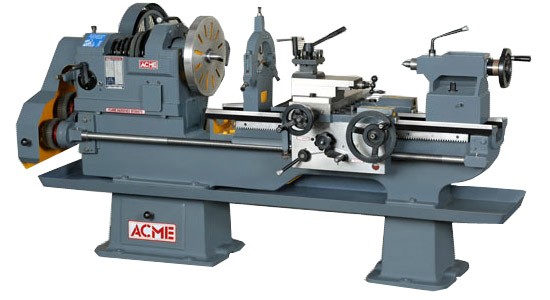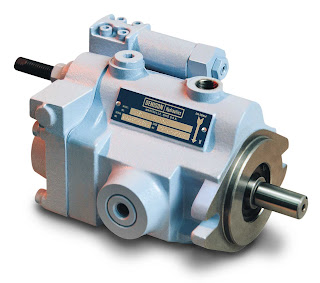Description
At CNC Manutech Industries, we are a reliable and trusted supplier of high-quality turned components. Our business philosophy is to deliver timely, cost-conscious solutions that meet or exceed your expectations. We operate a clean, modern, and well-maintained facility incorporating a large assortment of lathes and turning centers with various features and capabilities. Our highly skilled production team knows how to leverage the capabilities of these machines to the fullest extent to create close tolerance components that will impress you with their quality workmanship.
We take the time upfront to review your drawings to determine if there are any possible ways of saving costs or production time. Sometimes small changes to materials, finishes, and tolerance levels can have a positive impact on the cost of a finished part without compromising its functional and quality requirements. By providing this value-added service, we demonstrate our commitment to delivering the best product at the best pricing.
With our wide range of equipment assets, we can perform both standard and complex turning operations to machine parts measuring as small as 0.060” in diameter and a fraction of an inch in length or as large as 15.3” in diameter x 40.0” in length. We work with all types of metal, from standard grades to high-value aircraft alloys and high strength steels. We also machine an assortment of plastic polymers.
As a quality-driven organization, we have developed robust, start-to-finish production methods that have earned us ISO 9001:2008 certification. We uphold the highest standards of quality while satisfying the most challenging machining requirements for parts used by the mining, marine equipment, heavy-duty equipment, and oilfield industries as well as many others. To learn more about our turning capabilities or to obtain a quote, contact us directly.
We take the time upfront to review your drawings to determine if there are any possible ways of saving costs or production time. Sometimes small changes to materials, finishes, and tolerance levels can have a positive impact on the cost of a finished part without compromising its functional and quality requirements. By providing this value-added service, we demonstrate our commitment to delivering the best product at the best pricing.
With our wide range of equipment assets, we can perform both standard and complex turning operations to machine parts measuring as small as 0.060” in diameter and a fraction of an inch in length or as large as 15.3” in diameter x 40.0” in length. We work with all types of metal, from standard grades to high-value aircraft alloys and high strength steels. We also machine an assortment of plastic polymers.
As a quality-driven organization, we have developed robust, start-to-finish production methods that have earned us ISO 9001:2008 certification. We uphold the highest standards of quality while satisfying the most challenging machining requirements for parts used by the mining, marine equipment, heavy-duty equipment, and oilfield industries as well as many others. To learn more about our turning capabilities or to obtain a quote, contact us directly.
| Capabilities | |
|---|---|
| Turning Processes | Milling Drilling Boring Contour Turning Form Turning Taper Turning Straight Turning External Threading Internal Threading Tapping Internal Forming Knurling Profiling Reaming Parting/Cutting Facing |
| Materials | Stainless Steel Carbon Steel Brass Aluminum Aircraft Alloys Copper Alloys Titanium Plastics Cast Iron |
| Equipment | Hitachi Seiki 20 S II Turning Centre c/w SMW Spacesaver 2100 Barfeed Mori-Seiki SL-25 Turning Centre HAAS APL - SL20 Okuma LB25IIM Turning Centre Okuma B15II Turning Centre Feeler FCNC-100 Bar Feed Lathe Mori-Seiki SL3 Turning Centre HAAS DS-30 |
| Fixturing | Four-Jaw Chuck In-House Fixturing and Tooling Three-Jaw Chuck |
| Minimum length | < 1 in |
| Maximum length | 40 in |
| Minimum Diameter | 0.06 in |
| Maximum Diameter | 15.3 in |
| Additional Services | CNC Machining Heat Treating Tooling/Fixtures Medical Device Assembly Cleanroom Assembly Packaging Drilling Deep hole Drilling |
| Production Volume | High Volume Low Volume Prototype |
| Lead Times Available | Quoted on job by job basis Emergency services available Rush Services Available |
| Additional Information | |
| Industries Served | Aerospace Agricultural Architectural Auto/Truck/Transportation Electronic Food Machine Tool Marine Medical Military Oil Field Packaging/Converting |
| Industry Standards | International Organization for Standardization (ISO 9001:2008 Certified) Canadian Standards Association (CSA) American National Standards Institute (ANSI) Restriction Of Hazardous Substances (Compliant) (RoHS) Society of Automotive Engineers (SAE) |
| File Formats | AutoCAD (DWG, DWZ) Bit Mapped Graphics (BMP) Drawing Interchange Format, or Drawing Exchange Format (DXF) Graphics Interchange Format (GIF) Initial Graphics Exchange Specification (IGES), ANSI file format. Joint Photographic Experts Group (JPG or JPEG) MasterCam (MDX, MC8, MC9, SET) Portable Document Format (PDF) SolidWorks (SLDPRT, SLDDRW, SLDDRT) Tagged Image File Format (TIFF) |

























